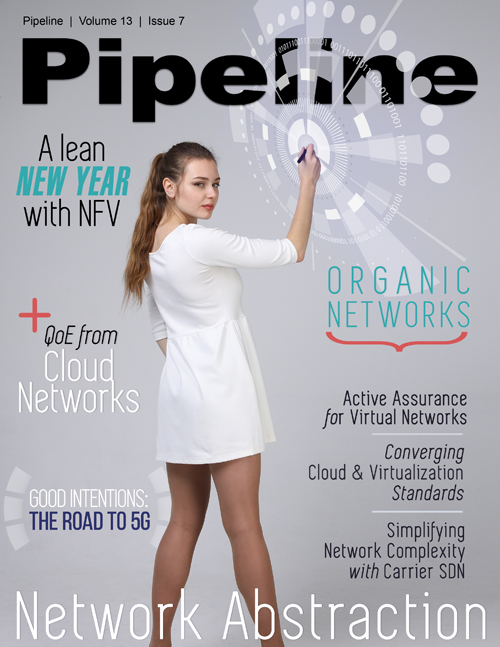Converging Cloud and Virtualization Standards: Critical industry-wide collaboration

Collaboration effort, making progress
A broad range of Telecommunications industry participants came together from December 6 to 10 in Bonn Germany in two consecutive meetings both hosted by Deutsche Telekom. The first was a Network and Service Management (NSM) Workshop. The second was a Multi SDO and Open Source Group (MSDO/OSG) collaboration effort. The results of both meetings are very promising in that they point to a new way of operating networks that will meet society’s need for innovative and cost effective services while enabling financially strong network service providers. This vision has been building for some time and recently the NFV industry experience has catalyzed the industry to come together in a concerted effort to make it happen.
Over the last two years the industry has realized two things:
First, both vendors and operators seeking to implement NFV have discovered that it is very difficult to do so in the current Telco environment of silo’ed operations systems. The term information silos is widely used in the information industry in general isolated vertically sliced system segments. Sometimes the expression “stovepipes” is used to convey the same concept. However, the situation in Telco operations functions and resulting data is more akin to the separate cells that formed colonies of single cell animals before the evolution of multi-cell animals. An example that illustrates this situation is a major U.S. Telco that has over 200 separate inventory management systems. The simplest way of explaining the resulting difficulty is that trying to implement NFV without a software framework that enables end to end orchestration results in the creation of more operations data silos, held together by more inefficient and expensive manual effort making the situation worse, rather than better.
The second realization was that NFV is not an end in itself, but rather a tool to achieve a particular vision. It envisions Automated Network and Service Operations; Supporting Composable Services, enabled by an operations framework providing real time End to End Orchestration. In other words, getting Telco operations to resemble single multi-cell animals. This vision formed the basis for the presentations and discussions over the four days of the meetings. Some see the realization of this vision as an existential challenge to the current Telco industry.
The NSM Workshop focused on the What and the Why of the vision and flowed into the need for culture changes throughout the industry. The MSDO/OSG Collaboration focused on the nuts and bolts of the How.
Network and service management workshop
The 135 attendees of the NSM Workshop included representatives from international Telcos based in Europe and Asia; leading vendors from most of the Telco product categories, and a leading industry analyst. The presentations focused on why this vision was such a critical goal, what the benefits were of achieving it, and what each organization had been, and was planning to do to help achieve it. Participants sought to define what real time meant in the context of Telco operations and came to a preliminary consensus that it meant sub second response time rather than the days, weeks, and months, that are typical for some functions today. Other presentations and discussions focused on what composability is and what benefits flow from it. This led to a heated discussion that led to a general consensus that there needed to be culture change in both operators and vendors to shift toward a software centric culture. There was a lot of discussion of Dev Ops, but little understanding of what Dev Ops actually is, and how it can be adapted/adopted effectively in the Telco world. It was recognized that making such a culture change is difficult. One attendee summed it up by saying, “It is not enough to change from suits and ties to jeans and T shirts.”
At the end of the Workshop a smaller group of company representatives came together to develop a recommendation for how the NSM collaboration effort could best continue and develop. Alternatives for consideration include creating a new low overhead organization that provides a level playing field and transparency. This group was tasked with coming up with a set of recommendations to be delivered to the larger group in the April time frame.
MSDO/OSG
The MSDO/OSG Collaboration was a result of the recognition that the evolution of technology in general, and NFV in particular, is causing organizations once in separate domains to rub up against each other. In essence, they are now working in a single domain. Developers in vendors, and implementers in operators, are confronted by a confounding array of different nomenclature, data models, and architectures from these different Standards Development Organizations (SDO) and Open Source Groups. But their development and implementation efforts have to span this confounding array. It is the recognition of this that brought the groups together.



















